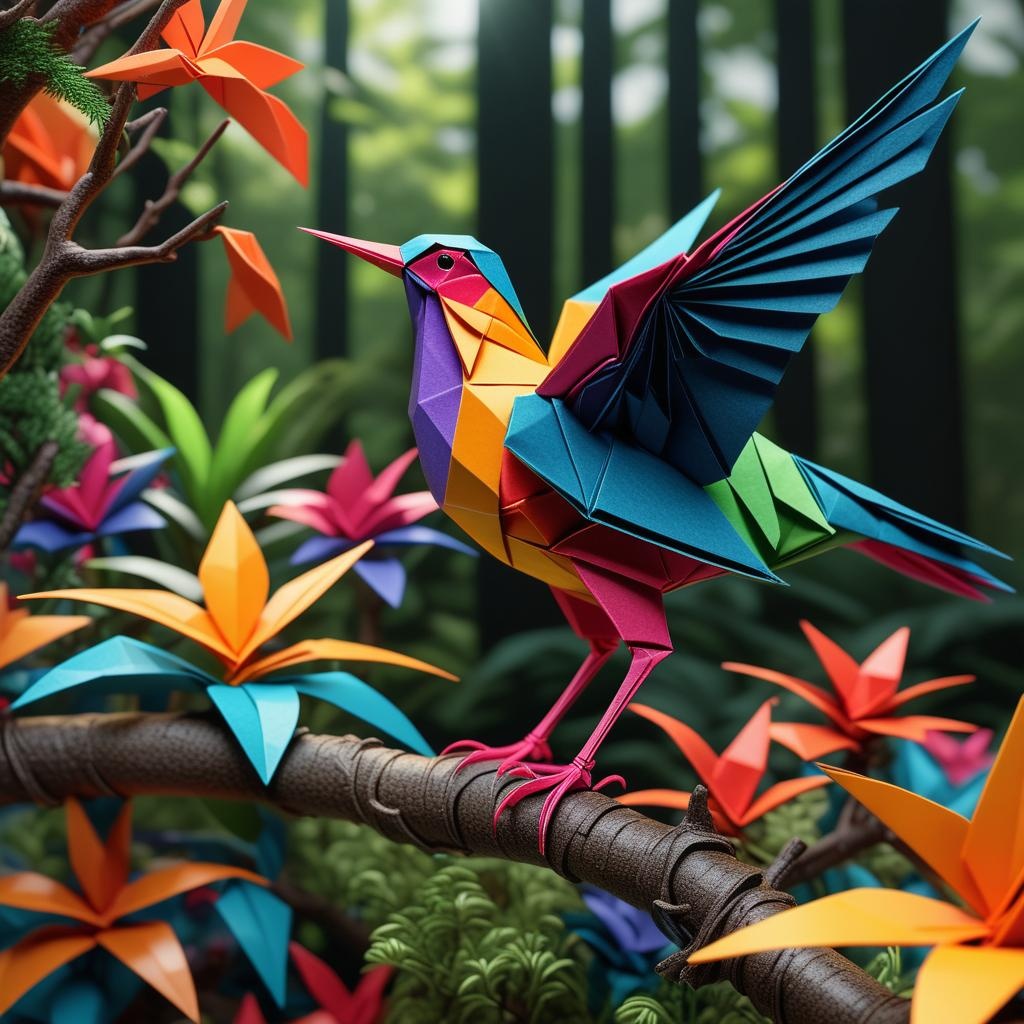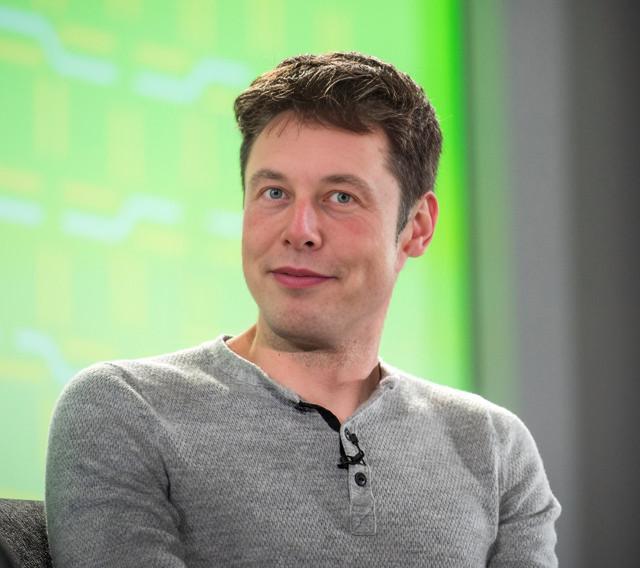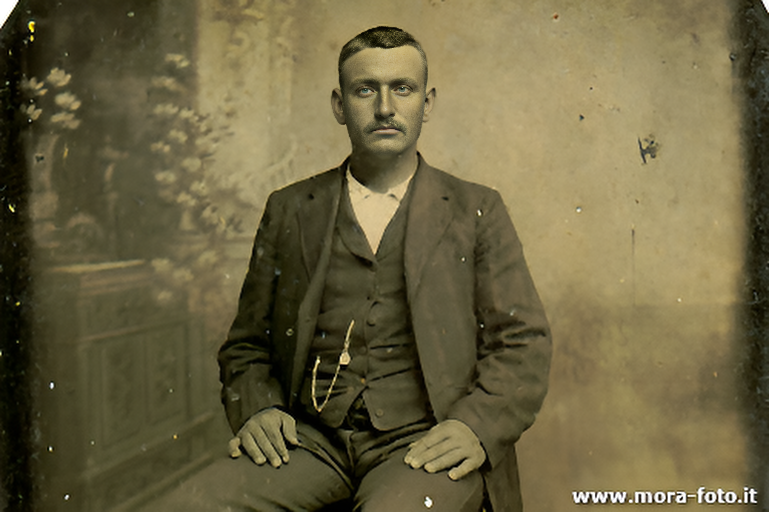PixelFlow allows you to use all these features
Unlock the full potential of generative AI with Segmind. Create stunning visuals and innovative designs with total creative control. Take advantage of powerful development tools to automate processes and models, elevating your creative workflow.
Segmented Creation Workflow
Gain greater control by dividing the creative process into distinct steps, refining each phase.
Customized Output
Customize at various stages, from initial generation to final adjustments, ensuring tailored creative outputs.
Layering Different Models
Integrate and utilize multiple models simultaneously, producing complex and polished creative results.
Workflow APIs
Deploy Pixelflows as APIs quickly, without server setup, ensuring scalability and efficiency.
Motion Control SVD
The Motion Control SVD is a sophisticated deep learning framework developed to generate motion-controlled animations from static images. By leveraging cutting-edge neural network techniques, this model transforms static imagery into dynamic motions, allowing precise control over various parameters to achieve the desired animation effects. Motion Control SVD effectively and independently manages both camera motion and object motion. Existing methods either focus on one type of motion or do not distinguish between the two, limiting their control and diversity. The models architecture and training strategy are designed to address the unique properties of camera and object motion.
How to Use Motion Control SVD?
-
Input Image: Upload the static image (PNG, JPG, or GIF) that you want to animate.
-
FPS: Set the frames per second (FPS) to determine the smoothness of the animation.
-
Motion: Select the type of motion (e.g., up, down, left, right, zoom in, zoom out etc).
-
Seed: Input a seed value for reproducibility or randomize the seed.
-
Generate: Click on the "Generate" button to create the animated image.
How to Fine-Tune Video Outputs with Motion Control SVD?
The model offers several parameters that can be fine-tuned to achieve specific animation effects:
-
Motion Bucket ID: This parameter helps control the motion style. Higher values typically result in more complex motion patterns.
-
Conditional Augmentation (Aug): Set this value to introduce variations based on conditional inputs. Higher values make the model more sensitive to input variations, producing diverse animations.
-
Decoding Time: This setting defines the time required for motion decoding. Longer decoding times result in smoother animations but require more computational resources.
-
Maintaining Aspect Ratio: Enable this option to preserve the original aspect ratio of the image, avoiding any distortion during animation.
-
Motion Speed: Adjust this value to control the speed of the motion. Higher values lead to faster animations, while lower values produce slower, more nuanced motion.
Use Cases
-
Entertainment and Media: Enhancing motion graphics, creating lively animations for characters, and generating dynamic visual effects for video content.
-
Advertising: Producing eye-catching animations for digital advertisements and promotional material.
-
Education: Developing illustrative animations for educational content, making learning interactive and engaging.
-
Social Media: Creating unique and engaging visual content to enhance social media presence and attract followers.
Other Popular Models
sdxl-img2img
SDXL Img2Img is used for text-guided image-to-image translation. This model uses the weights from Stable Diffusion to generate new images from an input image using StableDiffusionImg2ImgPipeline from diffusers

fooocus
Fooocus enables high-quality image generation effortlessly, combining the best of Stable Diffusion and Midjourney.

faceswap-v2
Take a picture/gif and replace the face in it with a face of your choice. You only need one image of the desired face. No dataset, no training

codeformer
CodeFormer is a robust face restoration algorithm for old photos or AI-generated faces.
